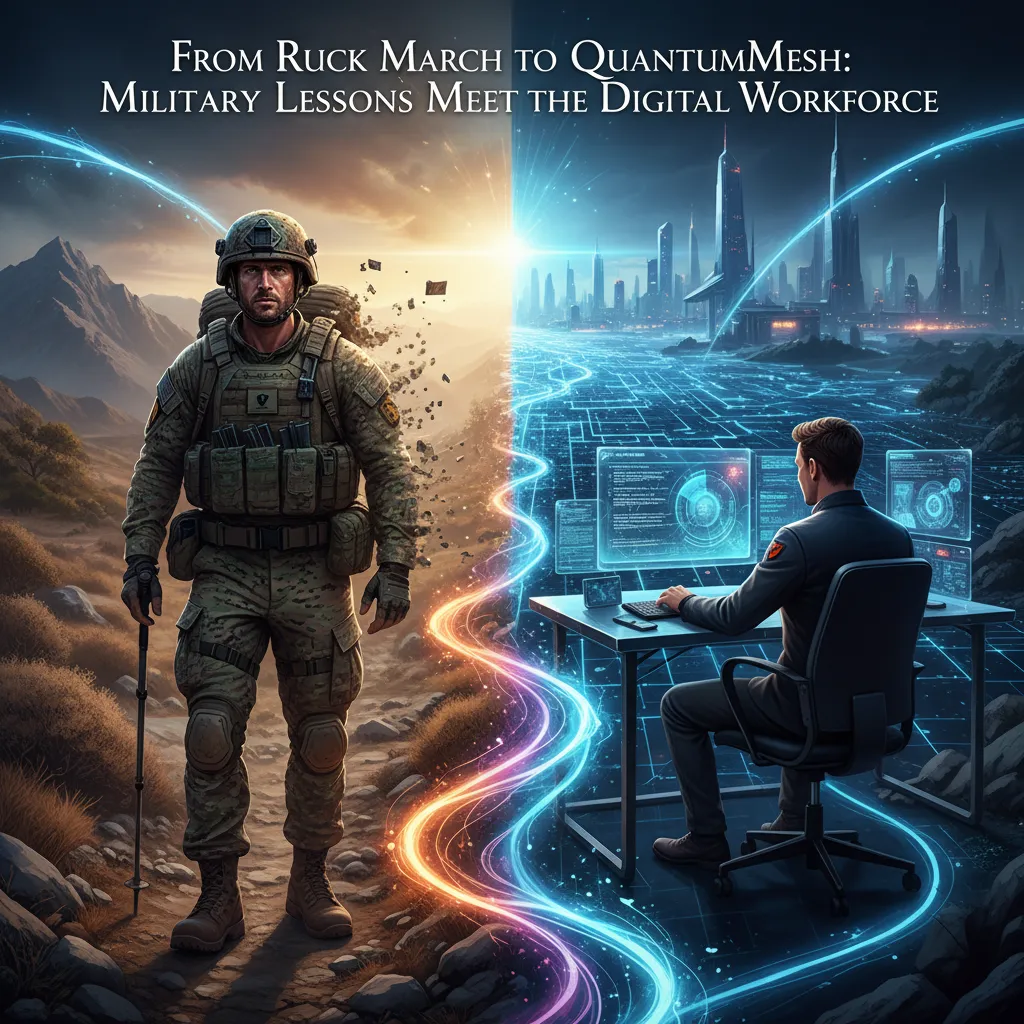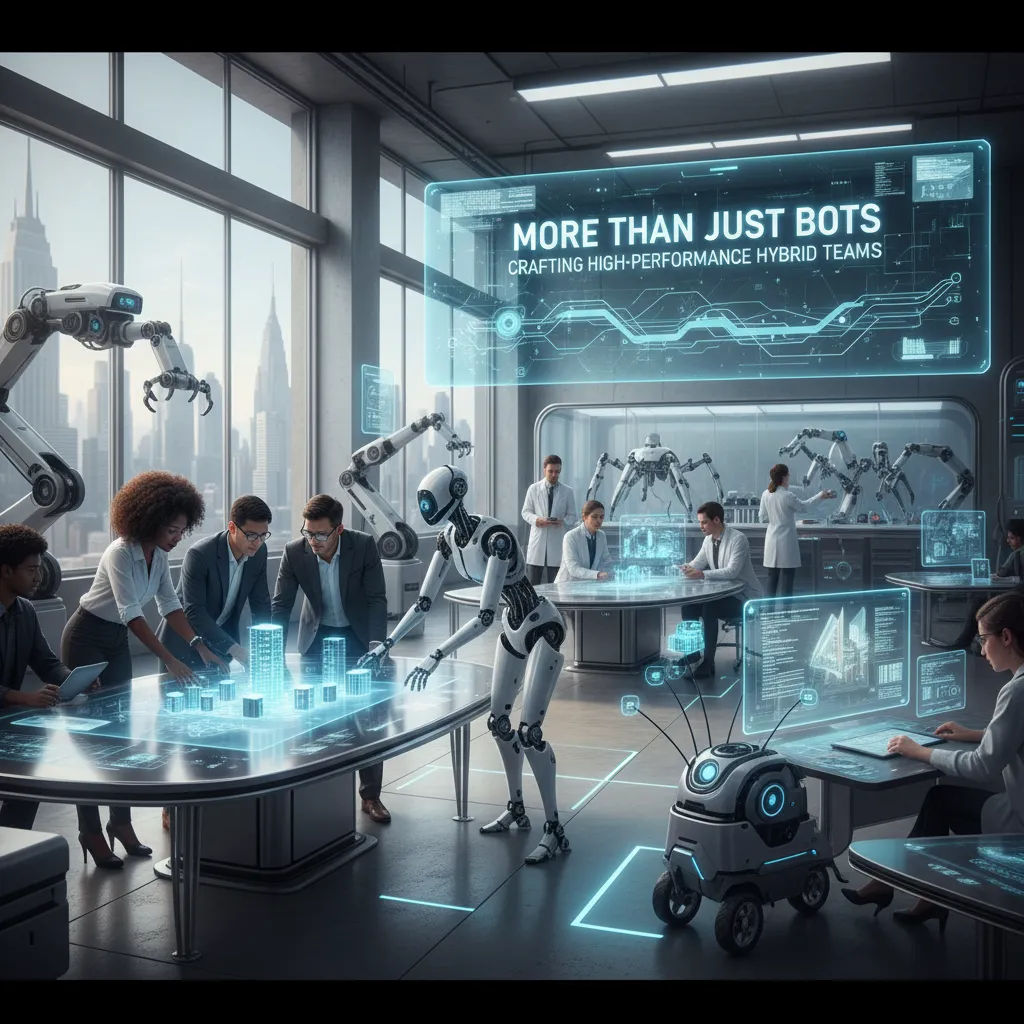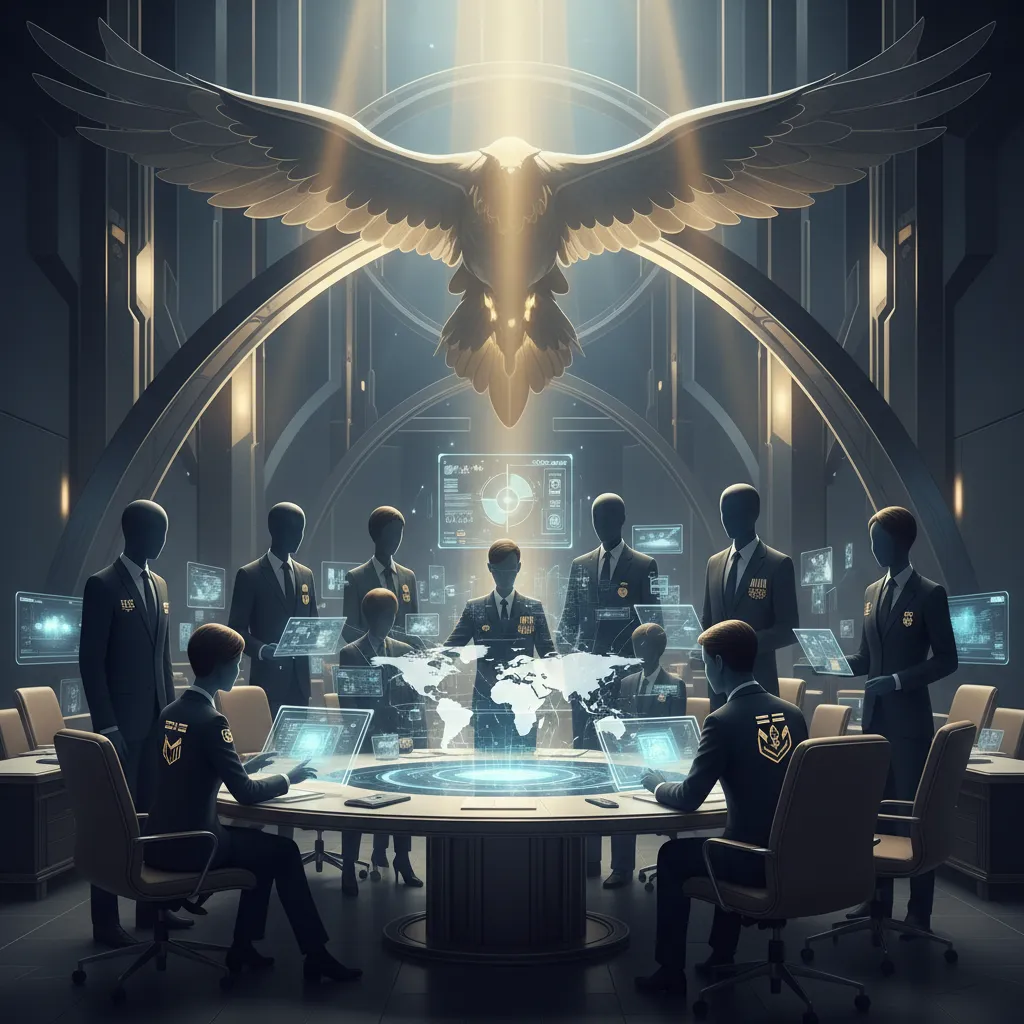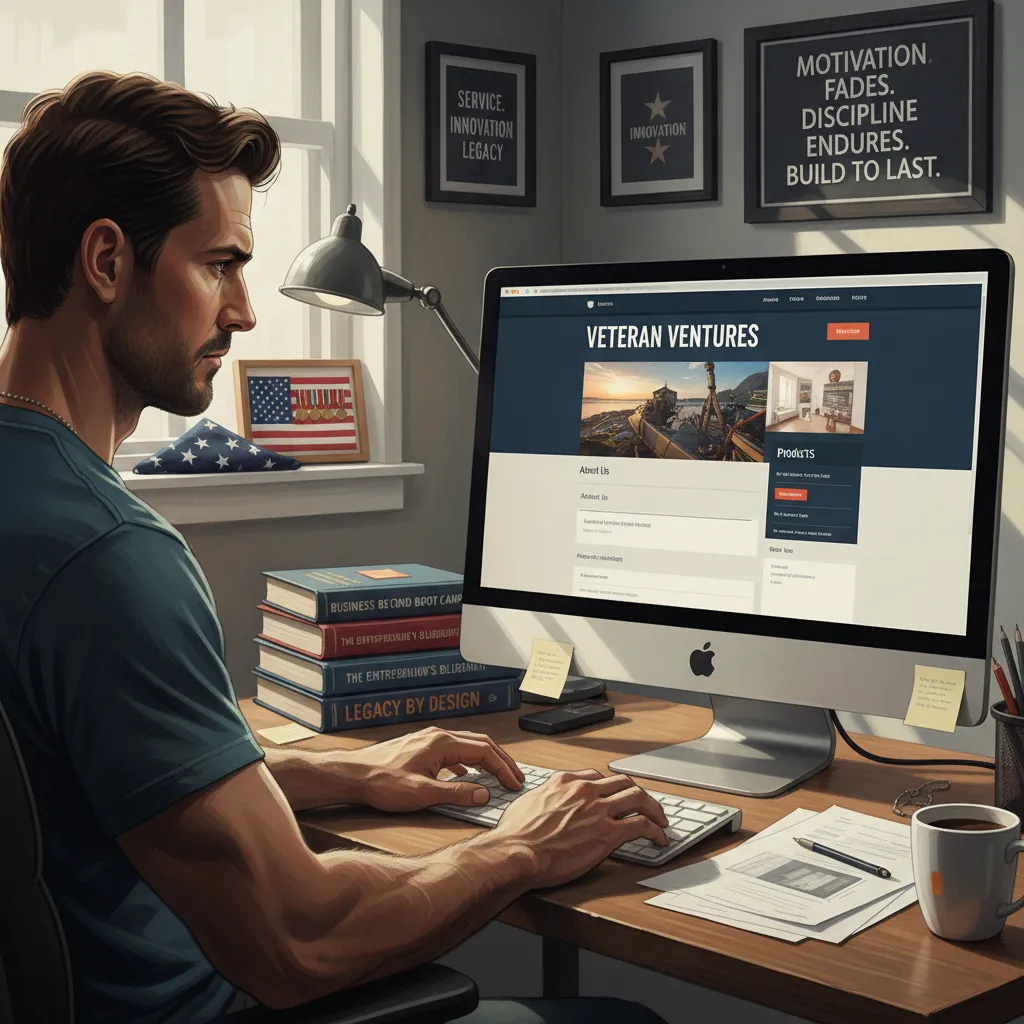Sometimes, the world of online work feels a bit like landing in a war zone: chaos, competition, and the scramble for an edge. My first client project on QuantumMesh, I was instantly struck by the frenetic pace—emails flying, bots churning out reports, everyone racing to stand out. But as a veteran, I felt oddly at home in the mess. There’s a deep irony: all those years of military yelling 'think fast, move faster'—suddenly they made perfect sense for the digital battlefield. What nobody tells you is that the same grit and structure we sweat over in uniform are the hidden tools that slice through the noise online. And if you’ve ever survived a 12-mile ruck march through mud and surprise, you’re more than ready to handle hybrid teams, AI agents, and digital work sprints. Let’s get honest: the future isn’t about having the fanciest tools. It’s about leading them. Here’s what I’ve learned after trading a rucksack for a laptop—and why veterans are built for this moment.
From Ruck March to QuantumMesh: Military Lessons Meet the Digital Workforce
When I first stepped into the world of digital business, I couldn’t help but notice how much it resembled the unpredictability of military life. The digital workforce moves fast—algorithms change, clients shift priorities, and new AI tools appear overnight. For most, this chaos is overwhelming. But for veterans like me, it feels oddly familiar. We’re trained for constant change and unexpected challenges. In fact, discipline from military life translates seamlessly into digital project management and business automation. It’s not just a skill—it’s muscle memory.
On QuantumMesh, a cutting-edge digital workforce platform, I found my military habits weren’t just useful—they were my biggest advantage. QuantumMesh isn’t your typical freelancer site. Here, AI agents and humans actually collaborate, each playing to their strengths. I remember one project where three AI agents flagged issues just hours before a deadline. It felt like running comms during a field exercise—except nobody was sweating (hopefully). I kept my cool, delegated tasks, and brought the team together. As I like to say,
“If you can keep your cool while your inbox fills up and bots keep chiming in, you probably led a convoy once.”
Military discipline means I don’t panic when things get hectic. I move fast, communicate clearly, and execute with precision. These traits are vital in the digital workforce, especially as business automation and AI become more common. On QuantumMesh, I’m not just another freelancer—I’m a team leader, overseeing both human professionals and AI agents. My background in mission planning and structured problem-solving lets me scale projects, manage remote teams, and deliver results under pressure.
What sets veterans apart in this digital workforce platform is our adaptability. We’re used to making field decisions on the fly, and that translates directly to freelance sprints and digital project pivots. While others stress over shifting priorities, I rely on the same habits that got me through ruck marches and late-night operations. QuantumMesh leverages this by letting me focus on judgment, strategy, and leadership—while AI handles the busywork.
In today’s digital workforce, skill alone isn’t enough. You need systems, automation, and a steady hand at the helm. Veterans naturally slip into these lead roles where digital chaos prevails, and platforms like QuantumMesh are built for us to thrive.

More Than Just Bots: Crafting High-Performance Hybrid Teams
When I first stepped into the world of digital workforce solutions, I quickly saw that AI agents in project management are like the “junior officers” I worked with in the military—fast, reliable, and always ready to follow orders. But just like those junior officers, AI can’t improvise when the unexpected hits. That’s where veterans—and experienced humans—shine in the hybrid AI human workforce.
On QuantumMesh, the division of labor is clear. AI agents handle the busywork: research, outreach, workflow monitoring, and data analysis. They’re the ones checking off tasks at lightning speed. But as I always say,
“AI might finish the checklist, but only a human can spot when to throw it out.”In my experience, the real value comes when I step in for judgment calls, strategic pivots, or building client relationships—areas where human finesse is irreplaceable.
Let me give you a real example. On a recent project, I set up AI agents to automate competitor research and draft initial reports. This freed me up to focus on the big picture—analyzing trends, troubleshooting issues, and communicating directly with the client when their goals shifted mid-project. The result? We delivered ahead of schedule, and the client raved about the “human touch” that made all the difference. That’s the power of a hybrid AI human workforce led by someone who knows how to delegate, adapt, and lead under pressure.
Military life taught me that performance management software and systems are only as good as the people running them. In the field, I learned to manage tough personalities, make quick decisions, and keep the mission on track—skills that translate perfectly to digital team leadership. On QuantumMesh, veterans like me are positioned at the top of the digital freelance hierarchy, overseeing hybrid teams and ensuring that both AI and humans are working at their best.
AI and automation don’t replace human strengths—they amplify them. The most effective digital workforce solutions put humans in command, using AI as a force multiplier. With sharp delegation, clear goals, and smart troubleshooting, veterans are uniquely equipped to lead these high-performance hybrid teams, turning technology into a true competitive advantage.

The Veteran’s Edge: Discipline, Speed, and Systematic Business Automation
When it comes to digital income strategies, most people focus on hustle—working harder, chasing gigs, and hoping for a break. But as a veteran, I see the game differently. Consistency, reliability, and mission-focused execution aren’t just buzzwords; they’re the foundation of military discipline. That’s why, when I discovered QuantumMesh’s business automation services, it felt like coming home. I use their tools the same way we used checklists for gear: build routines, automate friction, and double down on quality control. The result? Predictable, high-quality outcomes that clients can count on every single time.
Let me share a quick story. I had a friend—another veteran—who used to struggle with imposter syndrome in the freelance world. He was always worried he’d miss a deadline or let a detail slip. Then he started applying military OPSEC planning to his digital project management. Suddenly, no task fell through the cracks. Every deliverable was tracked, every client update was logged, and his confidence soared. That’s the power of systematic business automation: it compresses layers of busywork, freeing us to focus on high-value human tasks like strategy, communication, and leadership.
On QuantumMesh, veterans stand out to clients who want more than just fast results—they want reliable results. The platform lets me showcase my systems, leadership, and intelligent use of AI right from the start. I don’t have to chase after gigs or prove myself over and over. Instead, my track record of discipline and my ability to leverage automation speak for themselves. As I like to say,
'Automation is only as valuable as the discipline that sets it up.'
Business automation software bridges the gap between hustle and predictable results. It’s a force multiplier for disciplined professionals. Veterans like me can automate workflows—research, outreach, content drafting—while reserving our energy for judgment calls and client relationships. This approach mirrors the military: technology supports the mission, but human leadership drives success.
With QuantumMesh, I’m not just another freelancer. I’m a digital team leader, managing hybrid teams of AI and humans, and building deep client partnerships. My military discipline, combined with cutting-edge business automation services, gives me an edge in the new world of digital project management—and it’s an edge that’s impossible to fake.

Redefining Value: Why Clients Flock to Veteran-Led Teams
When I first entered the world of digital workforce platforms, I noticed something most newcomers miss: clients aren’t just buying deliverables—they’re investing in the system behind reliable outcomes. In a landscape crowded with freelancers chasing gigs, what sets veteran-led teams apart is the foundation we bring to digital collaboration. Our brand isn’t just about skills; it’s about leadership, accountability, transparency, and clear communication. These qualities, forged in high-pressure environments, become our greatest assets when managing hybrid teams of humans and AI.
Clients today are overwhelmed by choice. They want more than a quick turnaround—they want results without micromanagement. That’s where veterans excel. We’ve spent years mastering performance management software, building systems, and leading teams where failure isn’t an option. As a result, our approach to digital workforce management stands out. I’ve had clients skip the entire bidding circuit once they see my workflow: clear milestones, proactive updates, and seamless use of employee engagement software to keep everyone aligned. It’s not just about getting the job done—it’s about building trust from day one.
Let me put it this way: if AI is the engine, veterans are the drivers who know when to switch gears or brake. Technology alone can’t replace the human judgment needed to steer a project through unexpected challenges. On platforms like QuantumMesh, AI agents handle the busywork, but veterans step in for strategy, leadership, and decision-making. This division of labor mirrors the military model—machines support the mission, but people lead it.
Clients recognize this difference immediately. Our backgrounds check every box: security, reliability, proven systems, and a track record of clear communication. Digital collaboration tools only amplify this trust, making every step transparent and measurable. As one of my mentors used to say,
A good system is better than a thousand good intentions.
That’s why high-value clients flock to veteran-led teams. They see the difference in how we manage hybrid workforces, leverage performance management software, and use employee engagement tools to drive results. We don’t just promise outcomes—we deliver them, backed by systems and leadership that inspire confidence. In the fast-moving world of digital collaboration, that’s the value clients are truly searching for.
Future-Proof Leadership: Adapting Rapidly in a Quantum Workplace
The pace of AI and business automation in 2025 and beyond is relentless. In this new era, adaptability isn’t just a nice-to-have—it’s the gold standard for digital business success. I’ve seen it firsthand as a veteran stepping into the quantum workplace, where digital transformation isn’t a buzzword, but a daily reality. The most successful leaders are those who can absorb new tools, pivot with changing workflows, and keep their teams engaged through every shift. For military alumni like me, this isn’t intimidating—it’s familiar territory.
When QuantumMesh overhauled its onboarding process, I approached it the same way I’d learn a new weapon system: practice, review, adapt, repeat. That discipline and willingness to upskill—honed under pressure—gave me an instant edge. In the quantum workplace, features like AI-driven project management, automated research, and seamless human-AI collaboration are always evolving. But instead of feeling overwhelmed, I treat each update as a new mission. Adaptation isn’t optional—it’s the whole mission.
What sets veterans apart in this digital landscape is our ability to blend technology, systems, and leadership. Speed alone doesn’t guarantee digital business success. The real winners are those who can coordinate AI agents, build predictable workflows, and inspire human teams to deliver under pressure. As I’ve learned from digital best practices—whether it’s Montoya’s SEO strategies, Brunson’s funnel systems, or the standards set by Meta and YouTube—continuous learning is the backbone of a future-proof digital workforce.
Employee engagement in the quantum workplace thrives when leaders communicate clearly, delegate smartly, and adapt without hesitation. Veterans are trained to do exactly that. We don’t just survive digital transformation—we lead it. Our history of rapid upskilling, mission planning, and decisive action means we’re built for this environment. Every new tool or system is just another opportunity to refine our edge.
Ultimately, the future of digital income isn’t about chasing the next gig or racing to be the fastest. It belongs to those who can master the interplay of technology and human leadership. As AI and automation continue to reshape the workforce, I know that my adaptability, discipline, and experience are my greatest assets. Adapting to the digital battlefield—and commanding the hybrid workforce—is just another mission. And in this quantum workplace, veterans like me aren’t just keeping up—we’re leading the charge.
TL;DR: Veterans bring unmatched leadership, discipline, and adaptability to hybrid digital work. Platforms like QuantumMesh amplify this, letting us lead both AI and human teams to real digital business success. The edge isn't in tech alone—it's in the people who command it.



